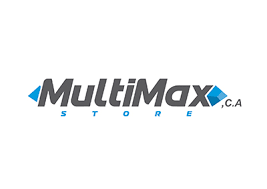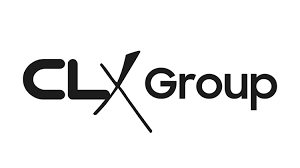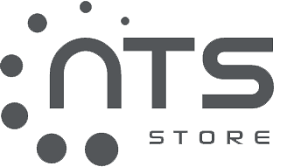Collect marketing data is a detailed process in which a researcher conducts a planned search for all relevant data. The success of market research depends on the integrity and relevance of the data.
And to a high degree, the quality of the data depends on the data collection methods used. The selection and use of methods for conducting market research requires a great deal of experience and expertise to properly calibrate suitability.
These methods are divided into two types of research categories, which are qualitative and quantitative research.
Qualitative research is generally used to develop an initial understanding of the problem. It is non-statistical in nature and responses are derived from the data itself. It is used in exploratory and descriptive research designs.
Qualitative data can be obtained in a variety of ways, such as interview transcripts, documents, journals, and notes made during observation. Quantitative research, on the other hand, quantifies the data and generalizes the results of the sample to the population.
There are two types of data:
Primary data – Data that are collected first-hand by the researcher. These data are collected specifically for the purpose of the study and address the current problem. They are original data that are collected by the researcher first hand.
Secondary Data – Data from other sources that have already been collected and are available. These data are less expensive and can be obtained more quickly from various published sources. Secondary data are extremely useful when primary data cannot be obtained at all.
The challenge lies in the case of selecting methods for primary marketing data collection. The method has to be relevant and appropriate. This will be the most important decision before starting the market research.
Collect marketing data consists of 6 different steps:
– Step 1 – Determine the problem and the objectives of the research
– Step 2 – Cultivate the overall research plan
– Step 3 – Collect the data
– Step 4 – Analyze the data
– Step 5 – Present or Publish Findings
– Step 6 – Use the findings to make an informed decision
To further explore Step 3, here are some effective data collection methods:
1. Telephone interviews
The biggest advantage of telephone interviews is that they save costs and time. Nowadays, accessing people by phone is much easier because almost everyone has one. Another advantage is that fewer interviewers are needed to conduct phone interviews than for face-to-face interviews.
2. Online surveys
Given the current multitude of technological advances, the use of online surveys has increased rapidly. It may be the least expensive way to reach the greatest number of people – worldwide.
Once an online survey has been designed, it can be easily stored, reviewed and reused as needed from time to time. The key is in the design and layout of the survey so respondents do not miss a survey in their crowded inboxes.
Response time is fast, so online surveys have become the preferred data collection method for many consumer satisfaction and product and service feedback surveys. It is easy to track respondents, non-respondents and results throughout the data collection process.
Electronic reminders can be easily sent at a very low cost. Respondents have the option to start the survey, stop it and save the responses at a later, more convenient time.
Research shows that respondents tend to answer questions more truthfully than when engaged by other methods.
3. Face-to-face interviews
This method of collect marketing data is one of the most flexible ways to collect data and gain the trust and cooperation of respondents. In addition, interviewing respondents in person means that their non-verbal language can also be observed.
It is especially useful for detecting discomfort when respondents are discussing sensitive topics. Respondents have more time to consider their answers and the interviewer can gain a deeper understanding of the validity of an answer
This post is also available in:
 Español (Spanish)
Español (Spanish)















